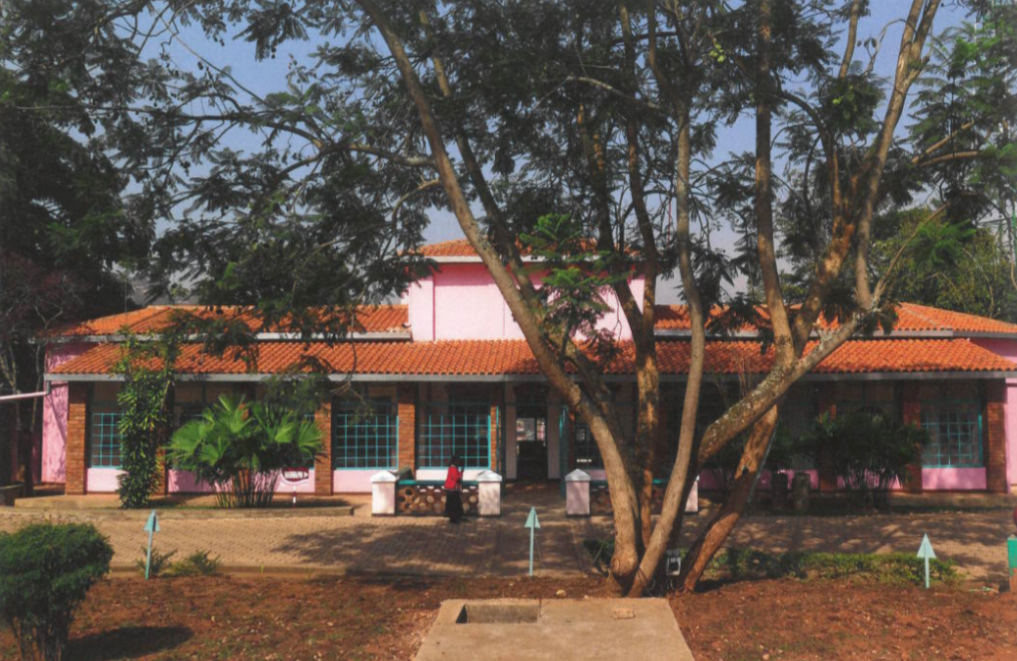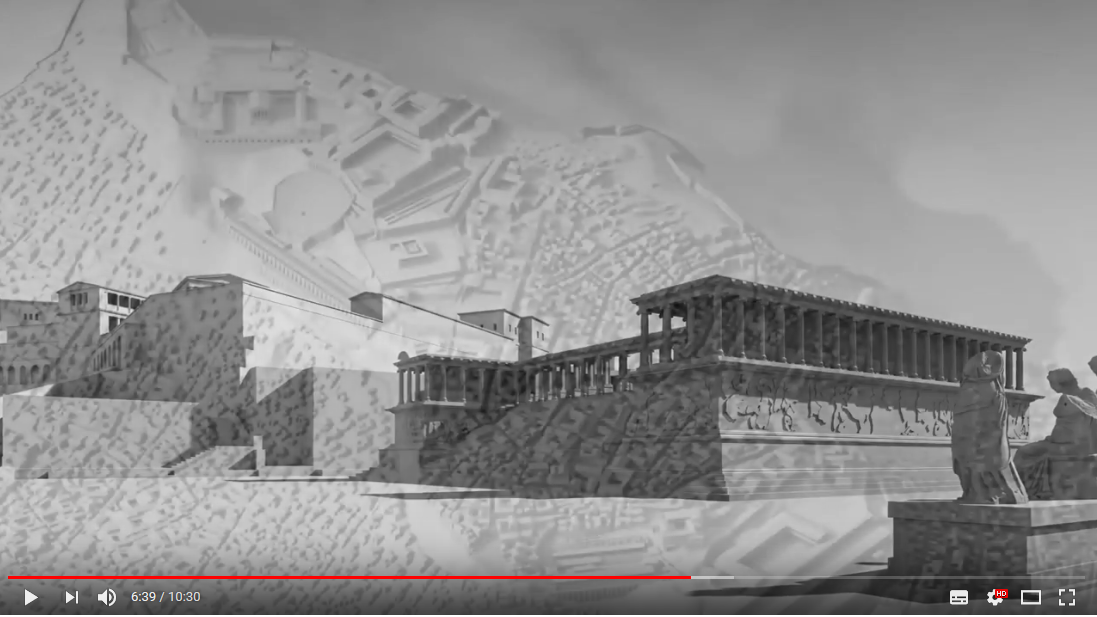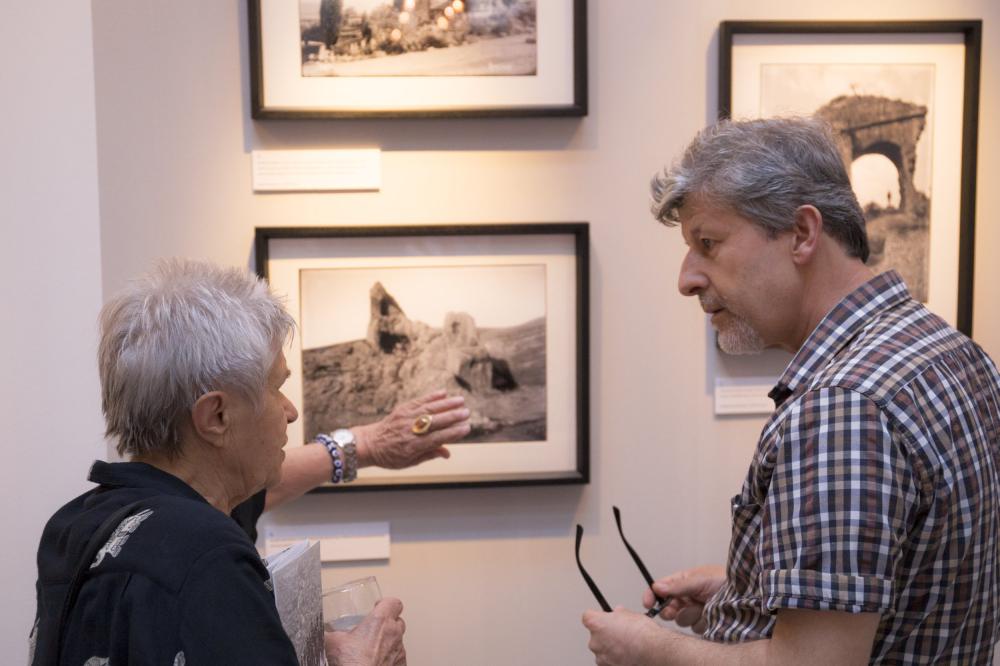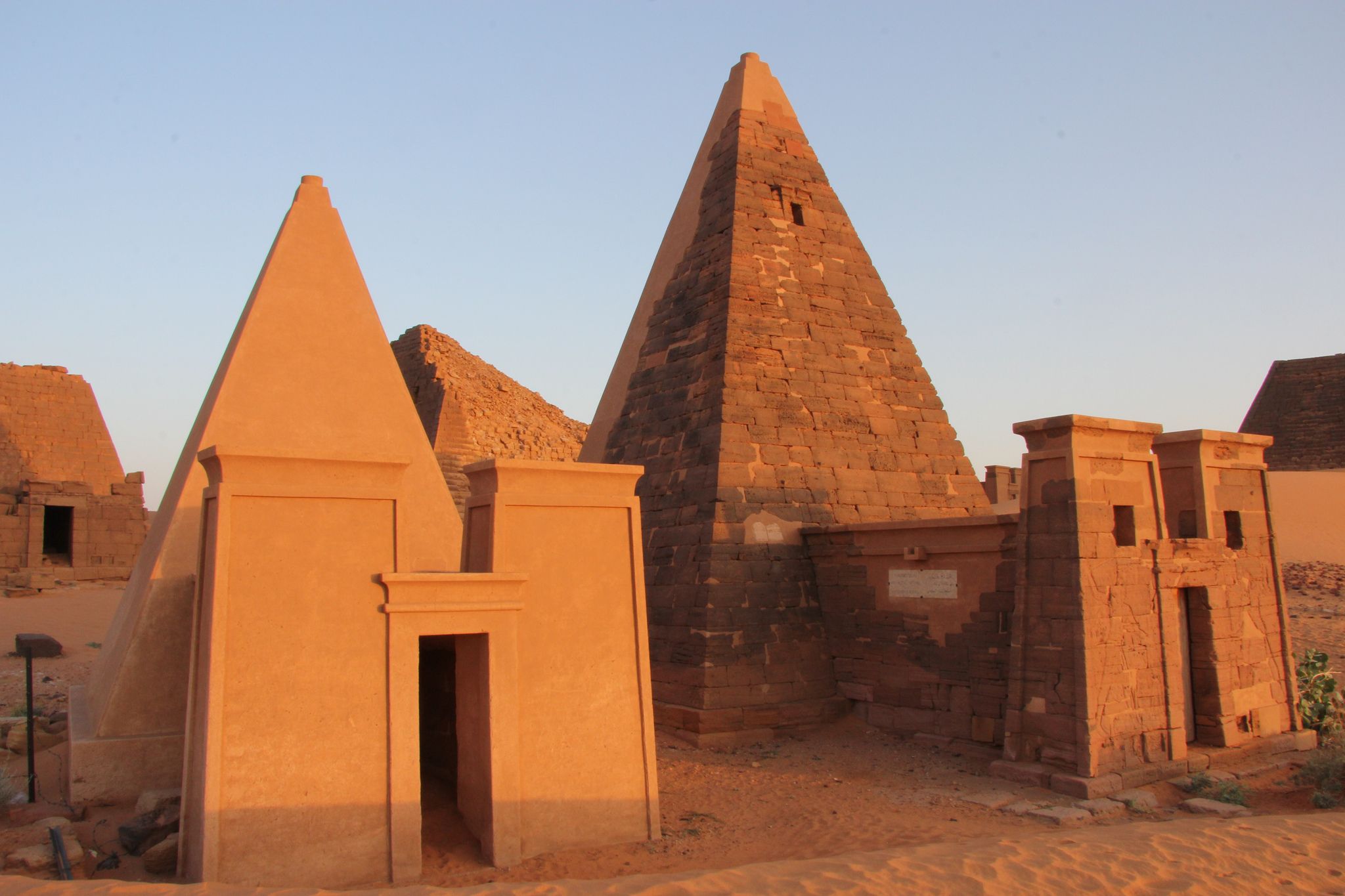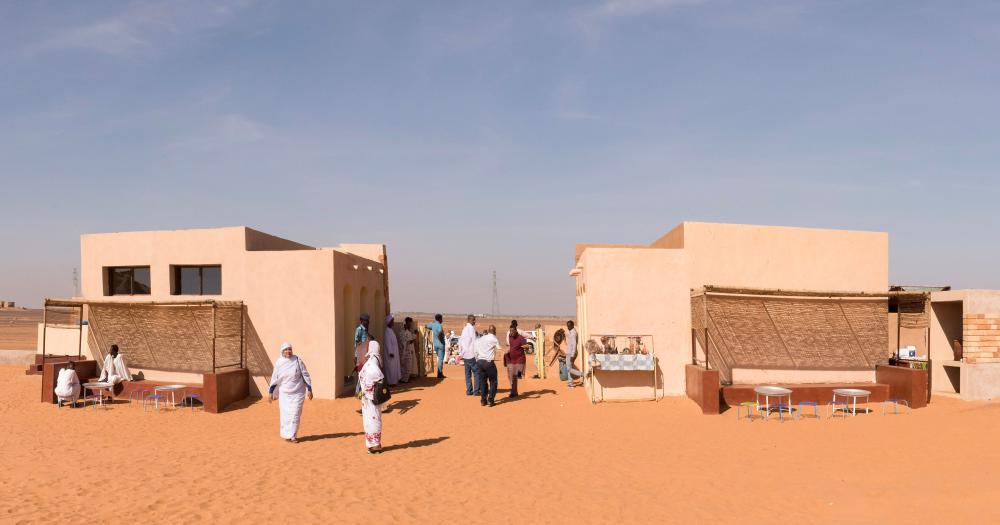Constructed in 1907, the house is the last remaining architectural testimony to the German colonial era in Kigali. It was named after the first German Imperial Resident, Richard Kandt. Located on Nyarugenge Hill, the centre of today’s Rwandan capital, it offers a unique view of the countryside surrounding Kigali. The newly designed building is the first museum in Rwanda to address the country’s history during the German colonial administration and its influence on the Rwandan population.
exhibition
3D Visualisation of Pergamon (Turkey)
After the exhibition „Pergamon resurrected!“ in Leipzig has ended the 3D-visualisation is now accessible online.
Photo Exhibition in Bergama – Neither in Heaven nor on Earth (Turkey)
A photo exhibition opened in Bergama, presenting photos from the Pergamon excavation and giving insight into the valuable cultural heritage of the city.
The exhibition “Ne Yerde ne gökte – Neither in heaven nor on earth. The inhabitants of Bergama and their cultural heritage: Actors of a complex past “ was opened in Bergama on May 4 in the cultural center of Bergama. The four-week exhibition was conceived by the Istanbul Department of the DAI and was developed in cooperation with the Municipality of Bergama and other local institutions.
The phrase “neither in heaven nor on earth” goes back to the geographer Katip Celebi, who described the coexistence of antiquity and the present in Bergama during the 17th century. The photo exhibition draws from the extensive collection of the Pergamon excavation. It shows how the lives of the inhabitants of the modern city of Bergama are intertwined in many ways with its history. The photos demonstrate in an impressive way how ancient, medieval and modern living environments are connected to each other.
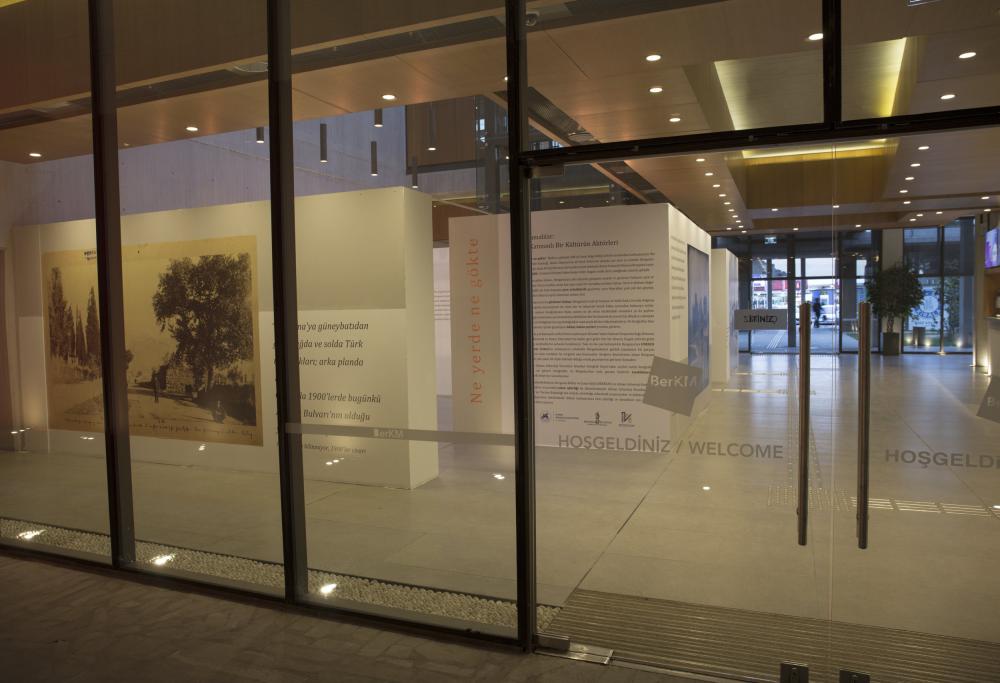
Sharing Heritage
The exhibition was opened in the presence of the mayor Mehmet Gönenç, chairman of the Cultural Foundation Bergamas, Muammer Esen, the representative of the German Consul General in Izmir, Elke Grabarec, and the longtime photographer of the Pergamon excavation, Elisabeth Steiner. In his opening speech, Mehmet Gönenç mentioned the importance of the work of the German Archaeological Institute and the Pergamon exhibition for the inhabitants of Bergamas. In light of the exhibition, he emphasized that the DAI photo archive in Istanbul is important not only for the documentation of historical buildings, but also for social coexistence in Bergama. In her welcoming remarks, Elke Grabarec said that the exhibition’s aim to promote awareness of Bergama’s cultural heritage reflects a key requirement of the European Year of Cultural Heritage 2018 . The title “Sharing Heritage” points to the high potential of our shared cultural heritage for identification, participation and development.
The exhibition is part of the DAI presentation Entangled History in the course of the European Cultural Heritage Year 2018.
Further information and events can be found here.
Source: DAI
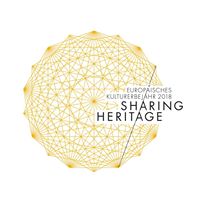

New Exhibition “Pyramids of Meroe” (Sudan)
Inauguration of the renewed entrance to the royal cemetery in Sudan with a the new exhibition “Pyramids of Meroe”.
26th January the renewed and enlarged entrance to the royal cemeteries at Meroe/Begrawiya was inaugurated with the exhibition “The Pyramids of Meroe”. A new showroom with interpretive panels was opened to the public and is now welcoming tourists informing them about the ancient necropolis and its famous pyramids. The enhancement of the visitor entrance is an important achievement for this famous site and part of a large scale development project of the Qatari Mission for the Pyramids of Sudan (QMPS). The QMPS intends to holistically approach the installation of sustainable tourism and site management at the royal pyramids of Meroe together with all stakeholders including local communities not only to develop the site but also to learn more about the Sudanese ancient monuments and to conserve it for future generations.
The World Heritage Site of Meroe is one of the most important archaeological sites in the Sudan. Its remarkable cemeteries with more than 100 pyramids attract thousands of Sudanese and international tourists each year. Since the 1960ies, the ancient site is adversely affected by environmental conditions and increasing tourism. In particular, sand erosion caused by accumulated dunes threatens the monuments. In 2014, Qatar Museums launched the Qatari Mission for the Pyramids of Sudan to investigate and to preserve the pyramid cemeteries of Meroe and to develop the site.
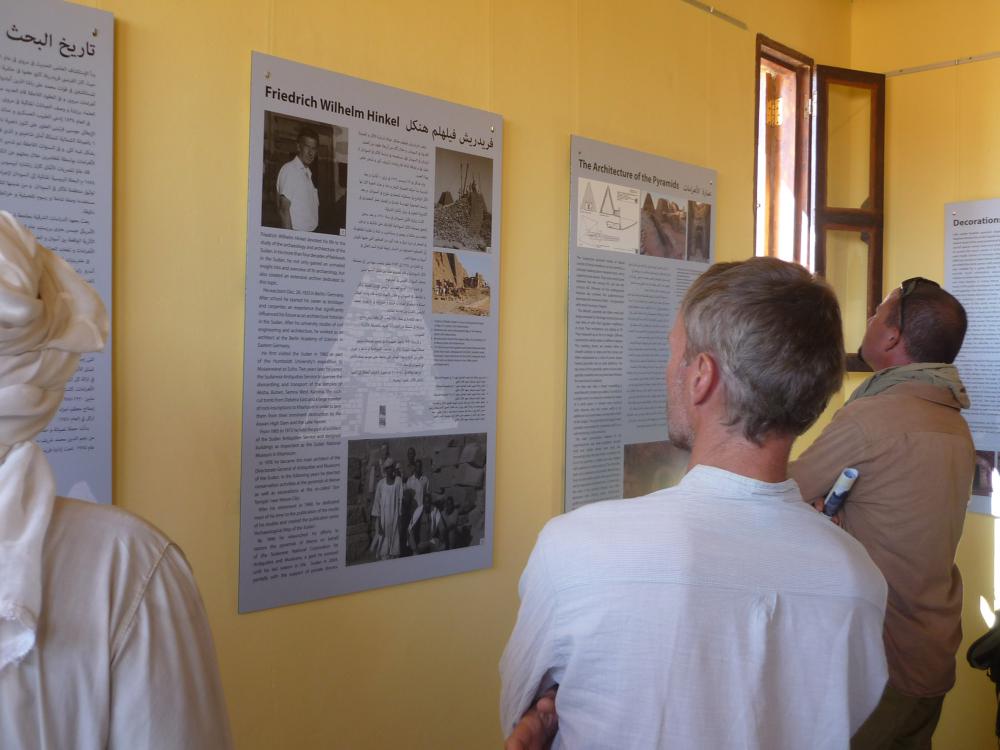
The project is embedded in the Qatar-Sudan Archaeological Project and closely cooperates with the Sudanese National Corporation for Antiquities and Museums and the German Archaeological Institute. The latter institute houses the Friedrich-Hinkel-Archive representing the most comprehensive archive of the archaeology and architecture of the Sudan. Friedrich Hinkel, a German architect, devoted almost 30 years of his life to the study and preservation of the pyramids at Meroe. The digitization and exploration of his archive’s holdings is another focus of the joint pyramid project and certainly an important basis for the Mission to continue his work to preserve the ancient Sudanese heritage at Meroe.
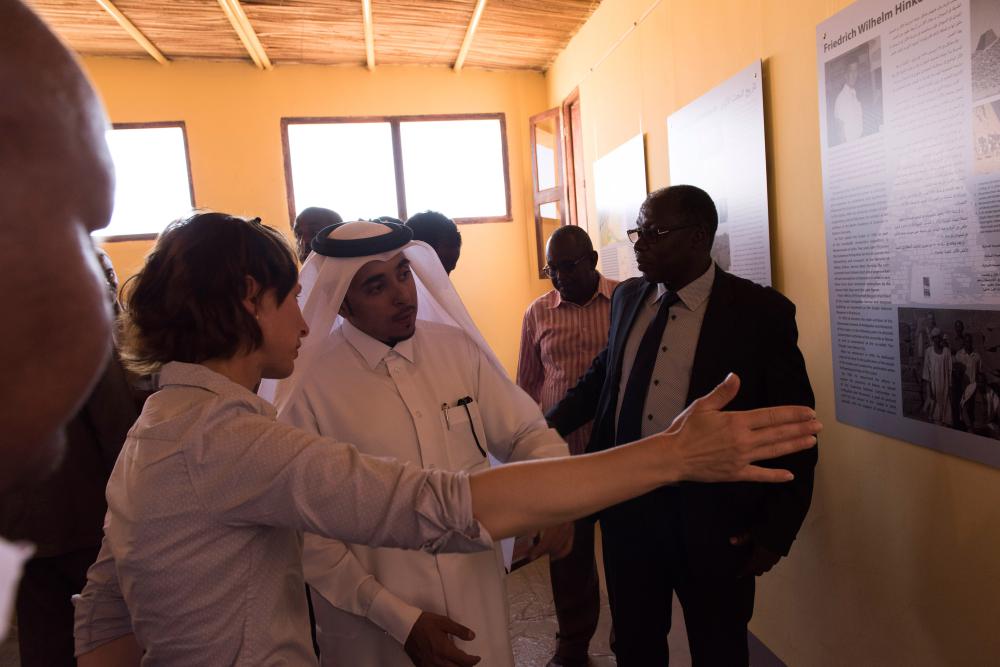
Source: Press release German Archaeological Institute
Image: Pyramids of Meroe | © flickr (CC-BY-SA-2.0).
